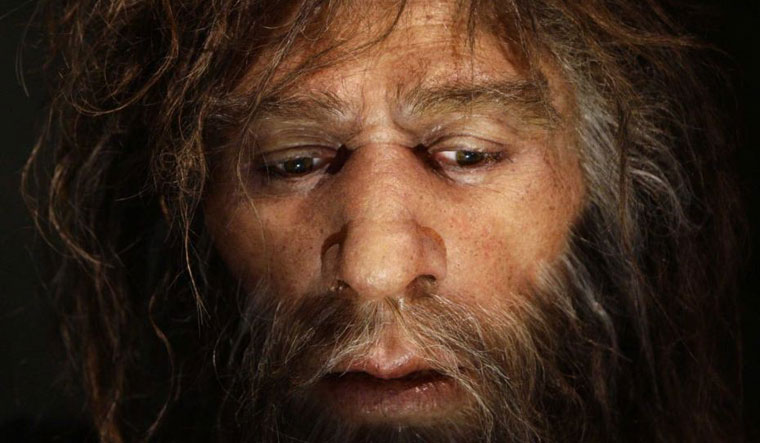It's not modern humans but Neanderthals who were the first known artists on Earth, say scientists who found evidence suggesting they may have had an artistic sense similar to modern humans.
Until now, cave art has been attributed entirely to modern humans, as claims to a possible Neanderthal origin have been hampered by imprecise dating techniques.
Using new technique called uranium-thorium dating, scientists found that paintings in three caves in Spain were created more than 64,000 years ago – 20,000 years before modern humans arrived in Europe.
This means that the Palaeolithic (Ice Age) cave art – including pictures of animals, dots and geometric signs – must have been made by Neanderthals, a "sister" species to Homo sapiens, and Europe's sole human inhabitants at that time.
"This is an incredibly exciting discovery which suggests Neanderthals were much more sophisticated than is popularly believed," said lead author Chris Standish, an archaeologist at the University of Southampton.
"Our results show that the paintings we dated are, by far, the oldest known cave art in the world, and were created at least 20,000 years before modern humans arrived in Europe from Africa – therefore they must have been painted by Neanderthals," Standish added.
Since their discovery in the 19th century, Neanderthals have been "portrayed as brutish and uncultured, incapable of art and symbolic behaviour, and some of these views persist today", said Alistair Pike, Professor at the University of Southampton.
However, the study provides the strongest evidence that Neanderthals thought like modern humans.
For the study, published in the journal Science, an international team of scientists from the UK, Germany, Spain and France analysed more than 60 carbonate samples from three cave sites in Spain – La Pasiega (north-eastern Spain), Maltravieso (western Spain) and Ardales (south-western Spain).
All three caves contain red (ochre) or black paintings of groups of animals, dots and geometric signs, as well as hand stencils, hand prints and engravings.
In addition, symbolic material culture, considered to be the central pillar of human culture has, until now, only been attributed to modern human species.
But the study proved that Neanderthals had the cognitive ability to understand symbolic representation.

